
When and How to Set Up a Station for Breastfeeding
, by Artorias Tse, 9 min reading time

, by Artorias Tse, 9 min reading time
Breastfeeding has a foundation of the ultimate bonding for a mama and her baby. And for good reason, some tremendous benefits come with breastfeeding your baby.
A relatively common issue related to breastfeeding but not often noticed is sitting position which brings about relaxation and comfort when done accordingly.
The improper, uncomfortable, bothersome seating not only hinders the feeding but also the wellbeing of both.
That’s why a lot of parents pick nursing, rocking, or nursery chairs to set the scene. But things can go wrong in all sorts of ways; careless decisions can lead to wasting money and effort.
Selecting the right seating is as crucial as purchasing a proper breastfeeding chair for breastfeeding. It can be the difference between a stress free joyful parenting experience. And this guide unearths the best breastfeeding positions, essential chair features and expert care tips, with intuition details.
From a standpoint of physical world, your position in the seat influences the spine, head, and lumber. It is common knowledge that ill placing of your body leads to several nuisance, especially in the long term. In the long run: Moms suffer from back pain, shoulder tension, even severe fatigue.
Feeling really uncomfortable and/or frustrated over breastfeeding is totally normal for moms. It occurs more with successor children (second / third babies) and not first time moms. In the initial days, when you are breastfeed very often, can eventually become traumatic, forcing you to get professional help.
When you sit correctly, all parts of your body will be in their proper place. But it doesn't matter if you are there for hours, or if you are wding your 2nd/3rd baby. Correct and healthy posture supported by a nursing or rocking chair is able to deliver the needed support to mothers needing it.
Breastfeeding: It's Not Just Keeping Your Back Straight in Every Position. Different positions have emerged, bolstered by scientific analysis, due to the unique needs of mothers.
Sit in a supportive chair for your back. With the baby in your lap, hold them horizontally so the head rests in the crook of your arm. Line their nose up with your nipple. Support the baby's back with your forearm and hold their bottom with your hands. Pop the baby in close so the mouth can latch to your breast.
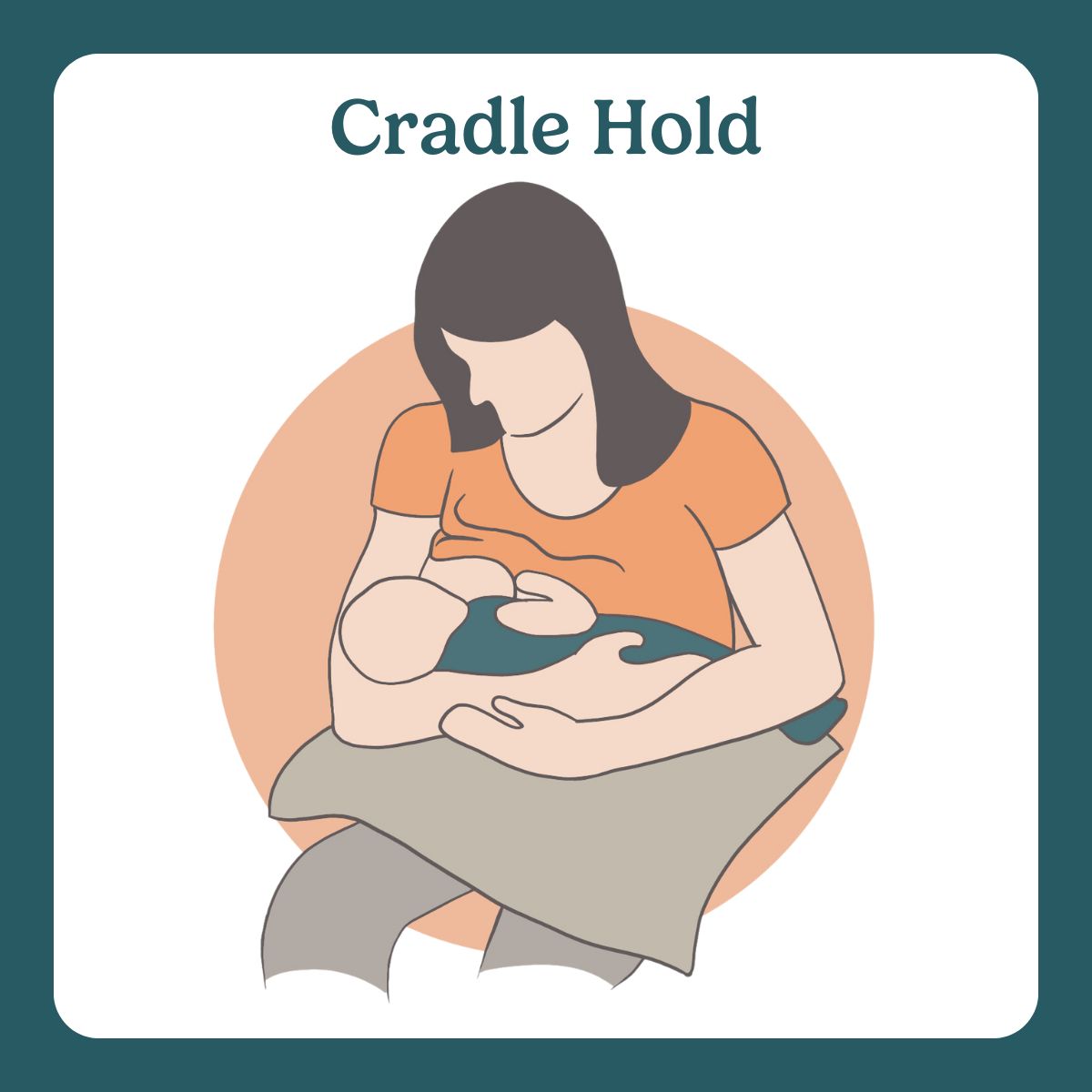
Source: thelactationcollection.com
It’s the most common position that works good for full-term babies with good head control. Cradle hold -- a natural close bonding where you can maintain eye contact as well. However, it also may not provide adequate support for newborns with weak neck muscles. In addition, insufficient support can lead to possible strain on the back and/or arms.
Sit comfortably and place a pillow on your lap to support the baby. Keep your baby in the arm opposite the breast (for example, in your left arm for feeding from your right breast). Use your hand to support their neck and head in a position to latch properly. Your forearm should cradle the back of the baby, and your hand should assist the head.

Source: Thelactationcollection.com
It works pretty well with newborns and small babies too, particularly those that are having difficulty with latching. It helps teach newborns how to latch well, which gives you more control over the baby’s head and latch. The mouth of the baby can be drawn toward the breast by the mother. Essentially, your body adapt to it, but it can grow on you as tiring for arm and wrist, which might not be the best feeling for extended sessions.
Sit in a chair and use a pillow to help support your baby. Tuck your baby up along the side of your body, under your arm, with legs behind you (like holding a football). Guide the mouth into the nipple, using your hand to support the baby's head. Make sure that the head is level with the breast for easy access.
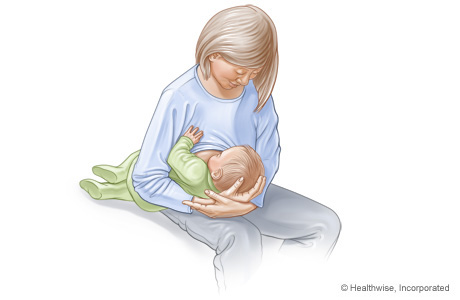
Source: Myhealth.alberta.ca
This method should be used for mothers recovering from a C-section, mothers of twins and babies who are sluggish at latching. With all the fussy forces on, it does not put any pressure on the recovering abdomen. But you'll need a support pillow if you don't want to strain. And it’s hardly designed for big babies.
Lie on your side with a pillow below your head. Bring your baby up on their side, facing you, with their nose level with your nipple. You can place your lower arm or use a pillow behind your baby’s back. Help your baby latch on with a deep attachment.
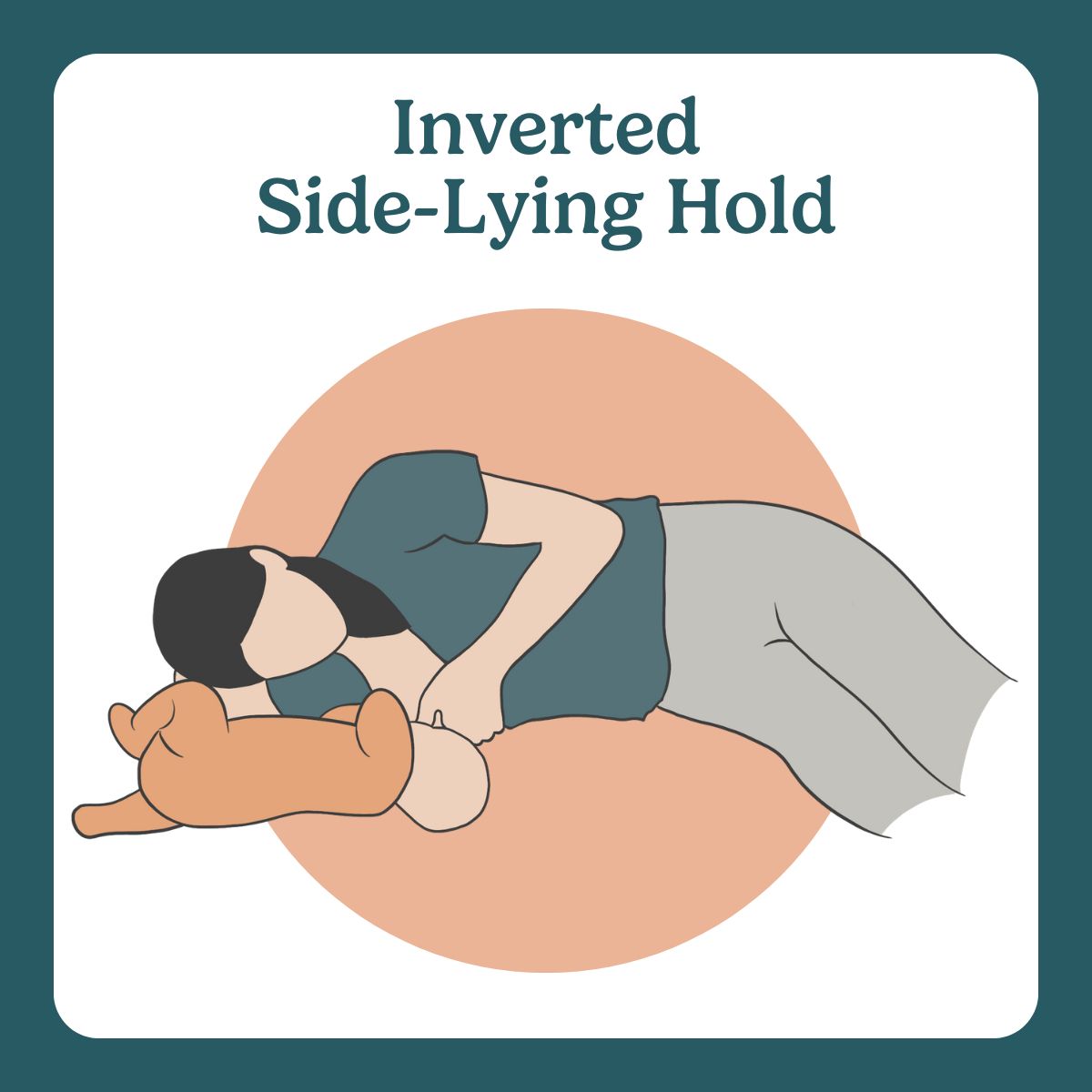
Source: thelactationcollection.com
It’s the best for overnight feedings, C-section recovery and mothers who want to relax while nursing. With good positioning, the mother can relax while feeding, beginning a rapid post-C-section recovery. You’re to avoid it for newborns who have trouble latching.
Nestle by pillows to create a comfortable back and neck support. Lay your baby in full frontal position on your chest to nose at the nipple. If necessary, support your baby’s head and body. Allow your baby to latch at their own pace.

Source:https://www.nhs.uk/
It’s a great choice for newborns, skin-to-skin bonding, and moms with sore nipples. It works by using gravity to facilitate a deeper latch. It also aids in dealing with the colic and reflux as it provides a better flow of milk to give the baby an opportunity to latch on themselves as nature intended.
Sit, and hold your baby in an upright position, straddle your thigh or hip. Support your baby's head and back, letting them latch. Mind the head: Make sure that the head is well supported. This position is beneficial for babies with reflux, older babies or babies with issues of tongue tie.
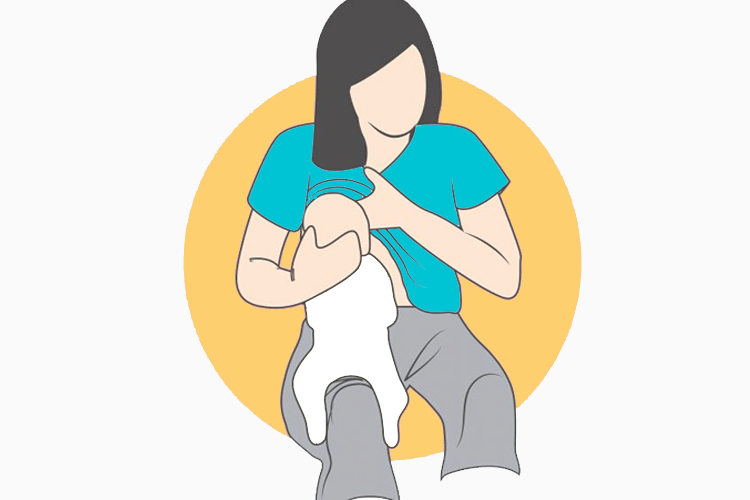
Source:https://milkology.org/
Older babies who are able to hold themselves up are awesome with this strategy. This position has the baby active and comfortable. But newborns need decent neck support. And breastfeeding for long feeding sessions does not seem as relaxing for other reasons.
There are advantages and disadvantages to both positions. And you might need to use different ones at times.” Only then, you can know which works best for you and your baby.
Selecting a Breastfeeding Chair
Choosing the appropriate chair for the same is must to have the desired comfort, posture, and relaxation for breastfeeding. The key factors to help you choose a breastfeeding chair are –
Comfort and Support
So when you will be feeding for pretty long you will need a well-padded seat to ban the discomfort. A tall backrest can keep your shoulders and spine well supported to minimize strain. As you hold the baby, padded or wide armrests can be supportive.
Adjustability and Reclining
A recline-adjustable chair allows you to find the most comfortable feeding angle(s). A gentle motion back and forth calms the baby whilst allowing the mother to get relaxation.
Proper Seat Height and Depth
To do this, you set your feet down flat on the floor when sitting. The seat should allow you to keep your back straight while holding the baby close.
Material and Maintenance
To make the maintenance easy, make sure you always choose a stain-resistant, easily wipeable, and/or machine-washable fabric. The fabric is soft and breathable, even removable, to keep the mother cool and comfortable.
Stability and Safety
The balance of the chair is very important because a chair with a poor frame will not only be less stable but can also be tipped over easily. For a rocking or glider chair check the moving mechanism for any sudden jerks and/or cracking noise.
Additional Features
Some chairs have side pockets for clothes, pads and baby essentials within reach. A spare pillow to support your lower back can help relieve back pain. A footrest will help improve posture and reduce leg strain.
Space Considerations
Also remember to also measure the actual size of your selected chair. It should look nice in your nursery or the feeding area. Opt for a lightweight seat for frequent suggetions outside house.
Glider Chair – It provides a gentle and noiseless motion to calm the baby.
Rocking Chair – More of a classic option in a gentle motion.
Recliner Chair – Offers the utmost comfort with a reclined full backrest.
Armchair with Cushions — A non-rocking option is versatile.
Lactation consultants recommend that your chair have firm lumbar support, wide seating and adjustable armrests. They also accommodate various breastfeeding positions.

It calms the baby and also helps mothers not feel so stressed. Rocking gently may relax your body to promote milk letdown. And those touches create a peaceful, cozy setting for the feeding sessions.
Choose a chair with a rocking function (and lock). Try using a nursing pillow for arm support. Don't forget to include height adjustable features to keep the knees above the hip joint level for more comfort.
Keep your back straight so as not to strain it. Try stretching the shoulders and neck between feeds. Eat a balanced diet and drink plenty of water to promote milk production.
Eliminate clutter from the space to reduce distractions. Use low light for a soothing atmosphere. If you feel uncomfortable doing this, put on some relaxing sounds in the background, to soothe the baby.
Wipe down surfaces frequently and check the nursery chair for wear and tear. Cleaning supplies: You should be using baby-safe cleaning products to keep the area free of toxins.
The top three hold positions mothers available, the cradle hold, football hold, side-lying and laid-back. Prioritize the breastfeeding chair comfort, durability, ergonomic design, and maintenance before anything else.
You can always go with rocking chairs for soothing moves. The top nursing (misspelled = nursering) or nursery chair can instantly improve your breastfeeding journey. Check out the recommended seating options, share with fellow parents and breastfeed altogether without the stress.
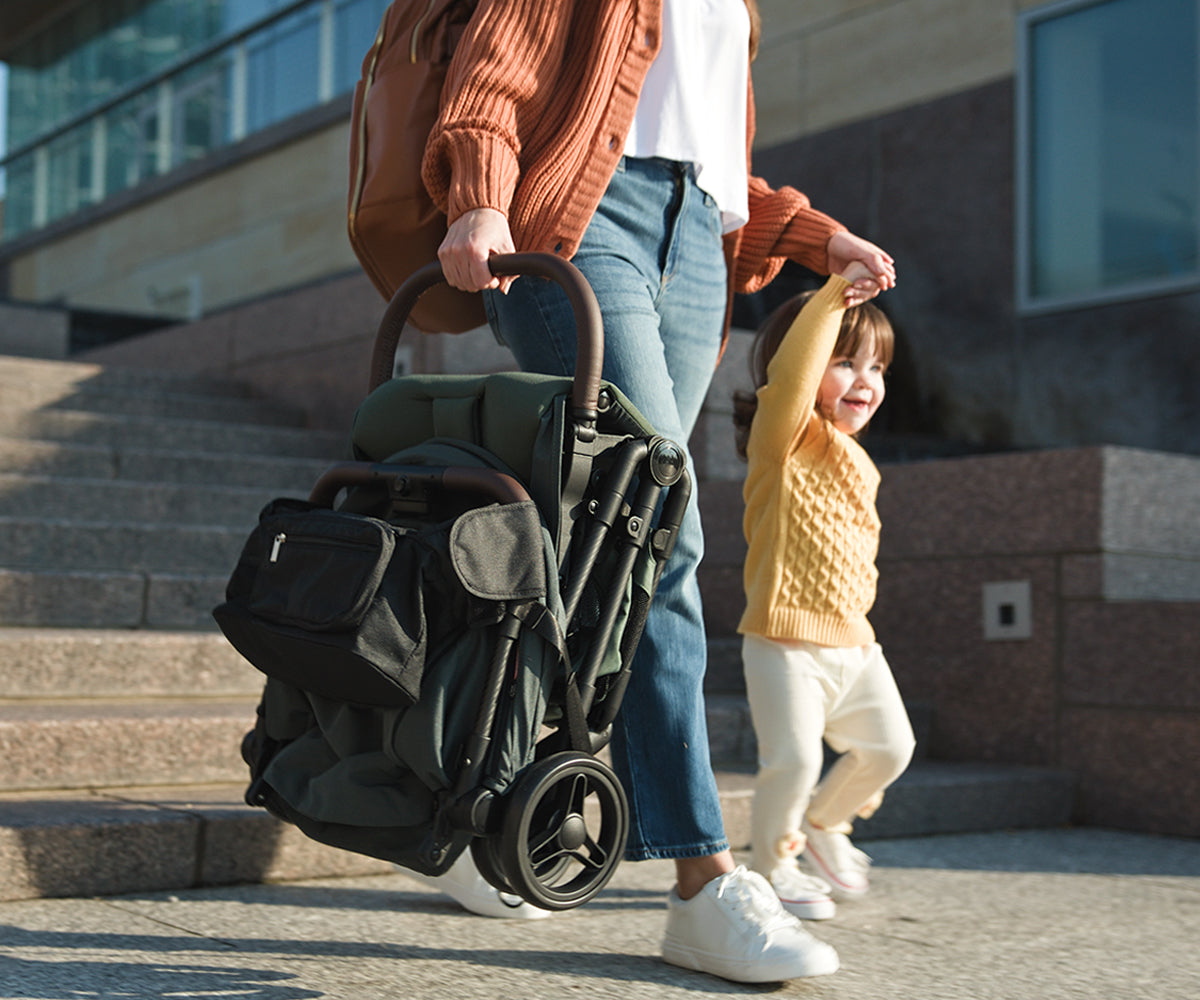
YOUR FIRST ORDER